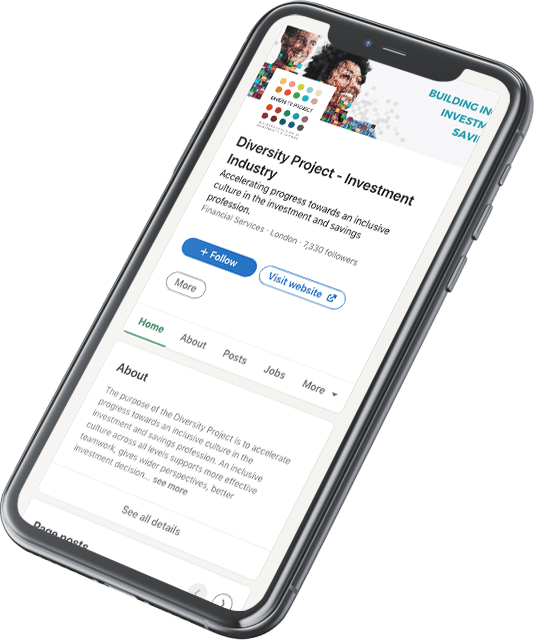What is the gender pay gap?
The gender pay gap reporting requirements require all organisations employing more than 250 to report on four dimensions of pay – mean and median hourly pay
differentials between men and women, mean and median bonus differentials (together with the percentage of men and women receiving a bonus) and finally the distribution of pay across quartiles split by men and women.
It is not the same as equal pay, which is a legal requirement to pay the same rate to people doing the same job.
What has emerged from the reports?
It should come as no surprise that the financial services industry has a wide gender pay gap. It is still largely male-dominated, especially in higher paid senior roles, and tends to pay high bonuses, especially at senior levels. The bonus calculation does not take account of part-time working and, as bonuses are normally pro-rated, having more women working part-time will increase the bonus differential.
Table 1 sets out the latest gender pay gap statistics for both asset management firms and the UK overall.
Table 1: UK gender pay gap reporting for 2017-18
| Asset managers (%) | UK overall (%) | |
| Median mean hourly pay gap | 28.4 | 13.6 |
| Median mean bonus gap | 65.0 | 35.8 |
Source: PWC Investment Management Gender Pay Gap Reporting
The lack of women at the top is exacerbated by role differentiation. In asset management, for example, the proportion of women in investment management roles (which tend to be the highest paid jobs) is lower than the proportion of women overall in the industry.
Table 2 highlights data from the benchmarking study carried out on behalf of the Diversity Project in 2017 to illustrate this.
Table 2: 2017 Diversity Project Benchmarking Study conducted by Mercer
| Male % | |
| Investment managers | 77 |
| Overall employees in participating firms | 57 |
Almost all the gender pay gap reports currently available emphasise that this is not an equal pay issue.
They highlight the lack of women in senior roles as the principal reason for the disparity.
What are firms doing about it?
Most organisations appear committed to closing the gap. A number of initiatives are highlighted in the gender pay gap reports that follow the employment cycle – recruitment, development, promotions and policies – as well as addressing broader cultural aspects of organisational life.
The initiatives include:
- Having targets for the proportion of women in senior positions, often in conjunction with signing up to the Women in Finance Charter
- Aiming to have gender balance in graduate recruitment (supported by targeted careers events for female students) and diverse shortlists for more senior roles
- Establishing returnship programmes to help women who have taken a career break to return to the workplace
- Mentoring, sponsorship, and development programmes for women, including the profiling of female leaders
- Unconscious bias training with tailored sessions for line managers, hiring managers and compensation managers
- Improved parental leave policies and parental leave coaching for leavers and their managers
- Support for flexible working arrangements
Some more innovative ideas include:
- Succession planning with diversity in mind (Willis Towers Watson and Aviva)
- Gender neutral language in job descriptions (Prudential and Aviva)
- No longer asking for salary history in job interviews (SSgA)
- Equalising parental leave arrangements (Aviva)
- Well-being programmes (M&G)
- Targeted apprenticeship and scholarship schemes (Fidelity and LGIM)
- Equalising promotion rates for men and women (Mercer)
What happens next?
Many of the gender pay gap reports for organisations in the investment and savings industry outline existing or planned initiatives. They appear to recognise the benefits of diversity in terms of improved understanding of diverse customers, enhanced decision-making and innovation, and the attraction and retention of the best talent.
All should lead to better outcomes for clients, organisations and their employees.
However, evidence (cited in Iris Bohnet’s excellent book, What works: gender equality by design) suggests that:
“additional strategies will be needed to close the gender pay gap, including salary transparency (making it easier for women to negotiate the right rate), greater focus on how stretch assignments are allocated, and encouraging more flexible working for existing and new roles for both men and women.”
This article can be downloaded as a PDF from here: http://diversityproject.com/resource/mind-gap-gender-pay-gap-investment-industry






